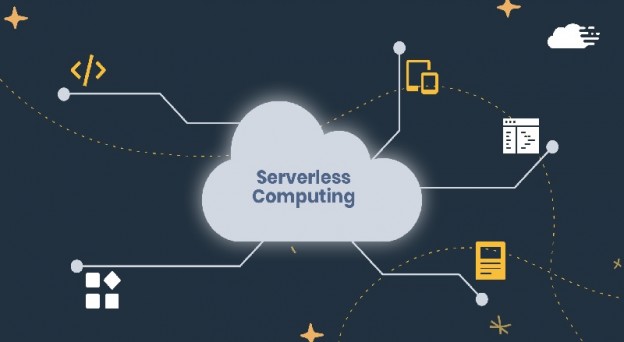Table of Content
In a serverless system you can continue to write and deploy codes without having to worry about the physical infrastructure. In a serverless arrangement organizations are only charged for the service they use. However, even though it is referred to as serverless that doesn’t mean there are no physical servers.
In the past if you wanted to build a web application you needed a physical server. However, with the advent of cloud computing companies can now purchase remote servers. Most of the time companies would buy additional server space to make sure that the sudden spike in the traffic doesn’t multiply the cost of cloud computing. In a serverless system, companies can purchase backend services using the pay per use model. This means you only pay for the services you use and there are no additional charges.
What are backend services? What’s the difference between frontend and backend?
The process of application development can be divided into two basic categories: frontend and backend. The frontend is the face of the application meant for user interaction and the backend is the database where all the files are stored.
What are the advantages of Serverless computing?
Serverless offers a wide variety of benefits for the users. Here are some of the advantages of Serverless technology.
- Lower costs – Serverless computing helps to cost since you only pay for the services you use. In traditional cloud computing services you might end up paying for services that you barely use.
- Simplified scalability – Serverless arrangement allows the developers to work hassle-free since the service provider looks after the maintenance of the servers.
- Quicker turnaround – Serverless systems can help save a lot of time by avoiding the complicated process of introducing new features and fixing bugs.
What is the difference between Serverless and other cloud backend models?
A couple of technologies that are often conflated with serverless computing are Backend-as-a-Service and Platform-as-a-Service. Although they share similarities, these models do not necessarily meet the requirements of serverless.
Backend-as-a-service (BaaS)
In backend as a service (BaaS) the host provides backend services such as data storage allowing the developers to focus on writing codes. Unlike backend as a service (BaaS) serverless applications are event driven.
Platform-as-a-service (PaaS)
In platform as a service (PaaS) the host provides all the necessary tools required to develop and deploy applications. Platform as a service (PaaS) are not easily scalable in comparison to a serverless system.
Infrastructure-as-a-service (IaaS)
In infrastructure as a service the host provides the infrastructure required to deploy applications.
What are the drawbacks in Serverless technology ?
Serverless computing has a bright future as the service providers constantly try to make improvements to overcome issues such as cold starts. Cold start refers to the latency caused when the service provider has to restart a particular function that the client hasn’t used in a while. The host shuts down that particular function to save energy and when the client wants to use that function again the host has to restart the function. The function can be shut down again in the future if the client stops using it. This means when the client requests to use that particular function again they will have to face delay which might be a bit inconvenient.
Conclusion
Serverless is a new technology which means it is undergoing several changes. The service providers constantly strive to improve their services to deliver a hassle-free user experience. Serverless allows organizations to develop and deploy applications without having to worry about the maintenance of the physical infrastructure. It is a cost-effective technology which helps organizations to cut costs and save money. There are few drawbacks in Serverless technology as mentioned earlier. However, we can expect the technology to grow, and we will see more organizations using Serverless technology.






 Live Chat
Live Chat